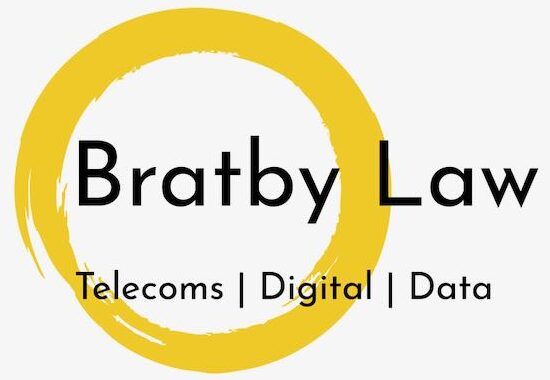NOT CURRENT – TO BE UPDATED
Introduction
Electromagnetic spectrum is used for a wide variety of applications, such as mobile telephony, TV broadcasts and wi-fi. The legal framework for the use of spectrum is conditioned by the laws of physics and how those translate into economic theory.
Taking the physics first, without control on spectrum use, use of the same frequencies by multiple users may result in harmful interference – if unchecked this could prevent use of those frequencies by anyone. This is made more acute because (depending on the frequency’s propagation characteristics), interference may occur cross-border.
Jumping from physics to economics, the physical characteristics of spectrum mean that it is a scarce resource with properties that may lead to the ‘tragedy of the commons’ without regulation or property rights. The flip side of this is that scarcity has value – perhaps best illustrated by the UK 3G spectrum auctions that were run just prior to the dot.com crash.
International framework
Spectrum use is co-ordinated (regulated) at a number of different levels – globally, regionally and nationally.
Global Co-ordination
The International Telecommunications Union (or ITU), a United Nations Organisation, through its ITU-R sector, co-ordinates spectrum at an international level. Co-ordination is done through conferences that take place every 3-4 years with the next taking place in 2012 (WRC-12). See this post for background on WRC-12.
ITU-R conferences result in revisions to the Radio Regulations (which have treaty status to bind sovereign nations), which set out the ITU-R rules relating to spectrum use.
Regional Co-ordination
Some spectrum is co-ordinated at a global level and some at a regional level. For regional co-ordination, the world is split into three regions:
- Region 1: EU (includes UK, France, Spain, Germany, Belgium, etc), Africa, the Middle East, Russia and Mongolia;
- Region 2: The Americas (includes US, Canada, Brazil, Mexico, etc) and Greenland; and
- Region 3: Asia (includes China, India, Japan, Korea, Singapore, Malaysia, Indonesia, Thailand, Vietnam, Cambodia, Australia, New Zealand, etc).
Each region has one (often more) bodies that act to co-ordinate spectrum within the region, and the interactions between the various regional bodies, regional economic groupings and individual countries is often somewhat complex.
By way of example, within Europe (which is wider than the EU) the Conference of Postal and Telecommunications Administrations (CEPT) is one relevant body. However, as described in this post, the EU also plays a significant role for EU Member States and through the harmonised common regulatory framework sets the legislative framework for the UK.
The ASEAN Telecommunication Regulators Council plays a regional role for the ASEAN countries.
EU Rules
The main sources of EU law are:
- (informally consolidated) Framework Directive;
- (informally consolidated) Authorisation Directive;
- Radio and the Telecommunications Terminal Equipment Directive;
- the 2002 Radio Spectrum Decision; plus
- a large number of other specific Decisions, Directives and Recommendations listed here.
In addition, the Radio Spectrum Policy Programme (or RSPP) will guide EU policy once adopted.
National rules
In the UK, the main sources of legislation are:
- Communications Act 2003;
- Wireless Telegraphy Act 2006; and
- Radio and the Telecommunications Terminal Equipment Regulations 2000;
plus various pieces of Ofcom guidance (e.g. see Licensing Policy Manual).
